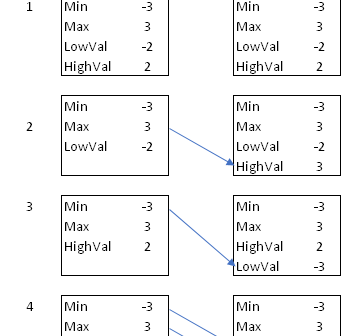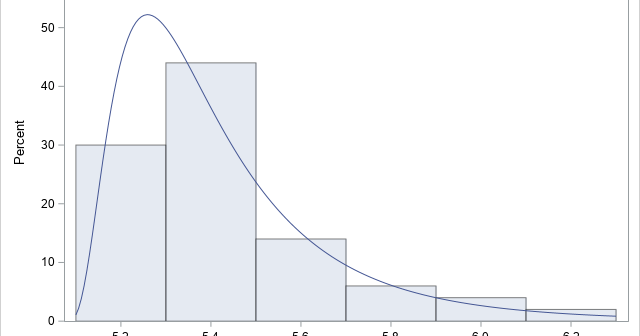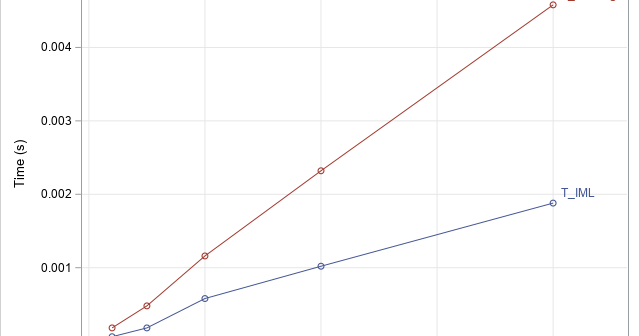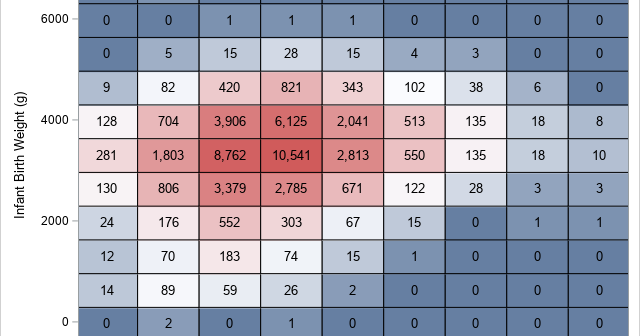The DO Loop
Statistical programming in SAS with an emphasis on SAS/IML programs
Most SAS programmers know how to use PROC APPEND or the SET statement in DATA step to unconditionally append new observations to an existing data set. However, sometimes you need to scan the data to determine whether or not to append observations. In this situation, many SAS programmers choose one

An important application of nonlinear optimization is finding parameters of a model that fit data. For some models, the parameters are constrained by the data. A canonical example is the maximum likelihood estimation of a so-called "threshold parameter" for the three-parameter lognormal distribution. For this distribution, the objective function is

One of my friends likes to remind me that "there is no such thing as a free lunch," which he abbreviates by "TINSTAAFL" (or TANSTAAFL). The TINSTAAFL principle applies to computer programming because you often end up paying a cost (in performance) when you call a convenience function that simplifies

Many programmers are familiar with "short-circuit" evaluation in an IF-THEN statement. Short circuit means that a program does not evaluate the remainder of a logical expression if the value of the expression is already logically determined. The SAS DATA step supports short-circuiting for simple logical expressions in IF-THEN statements and
What is this math good for, anyway? –Every student, everywhere I am a professional applied mathematician, yet many of the mathematical and statistical techniques that I use every day are not from advanced university courses but are based on simple ideas taught in high school or even in grade school.

Do you want to bin a numeric variable into a small number of discrete groups? This article compiles a dozen resources and examples related to binning a continuous variable. The examples show both equal-width binning and quantile binning. In addition to standard one-dimensional techniques, this article also discusses various techniques
